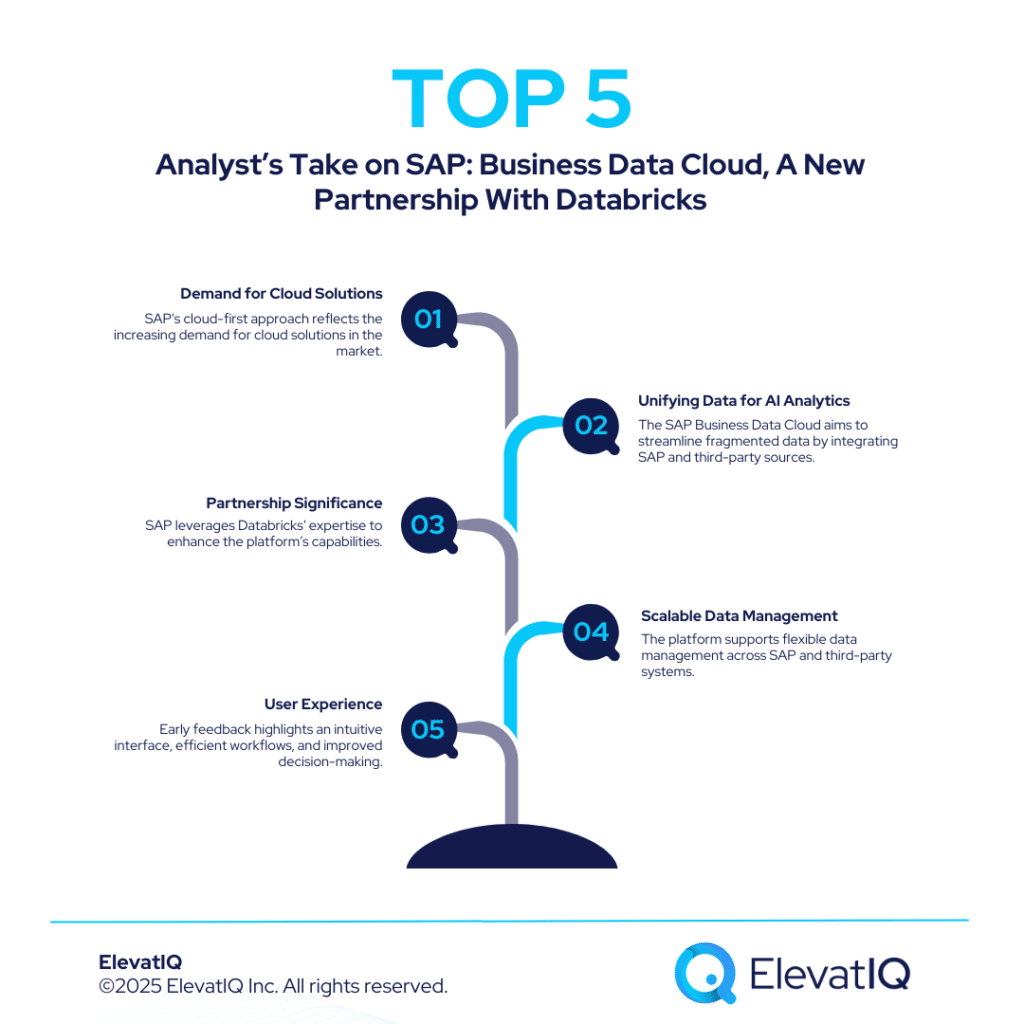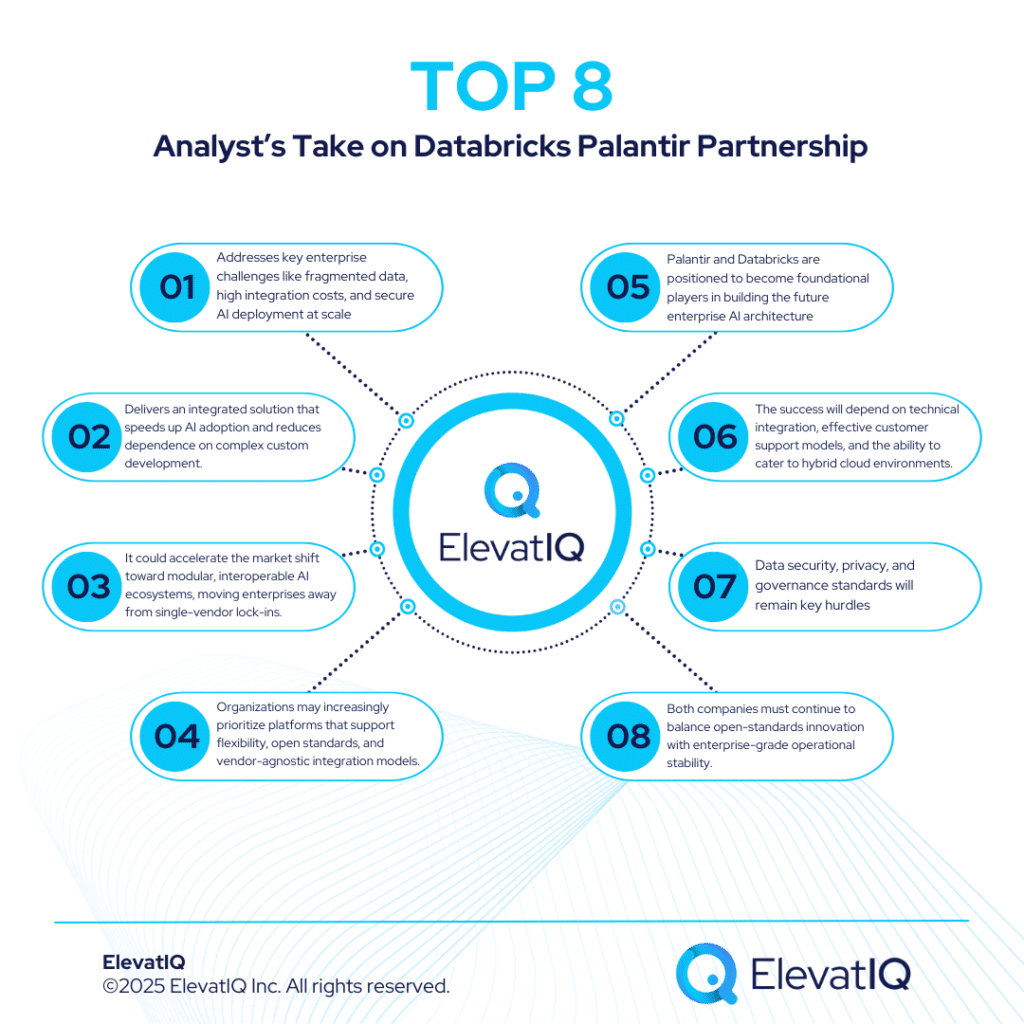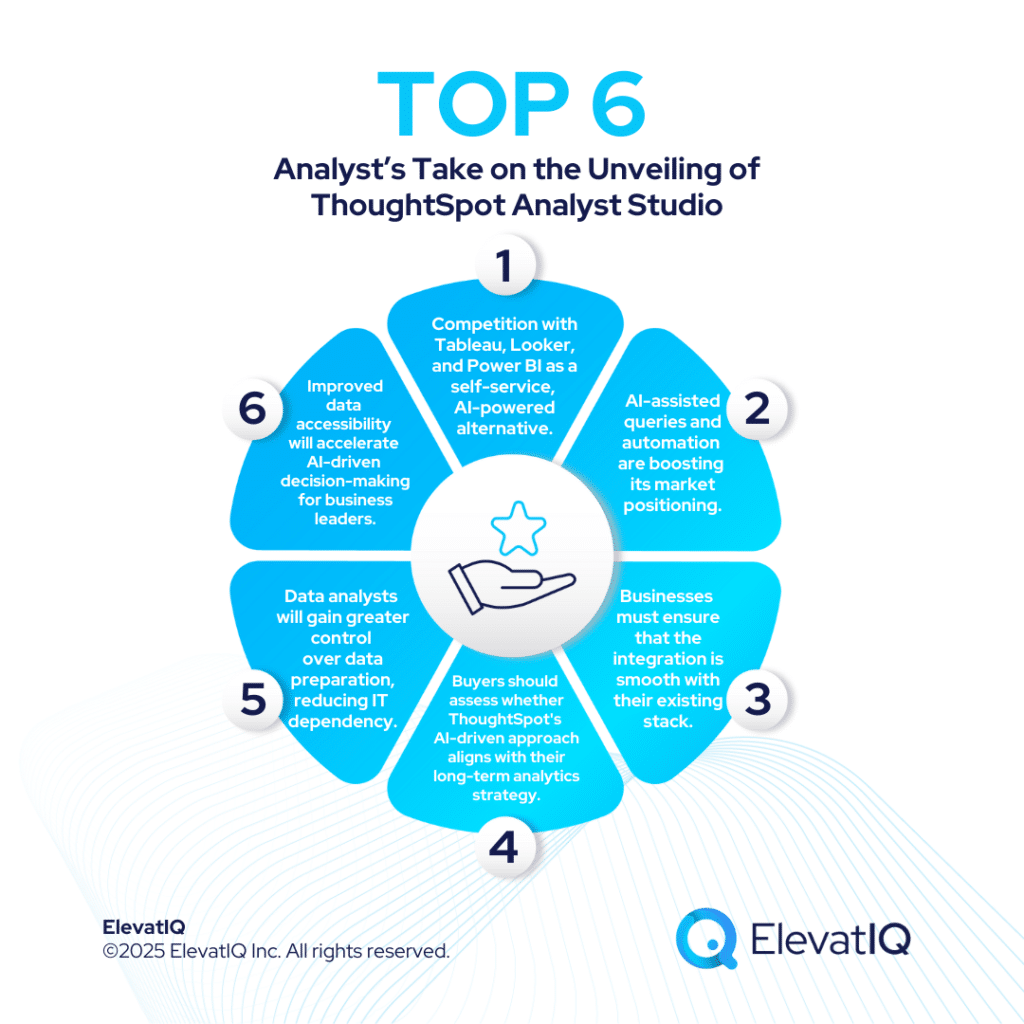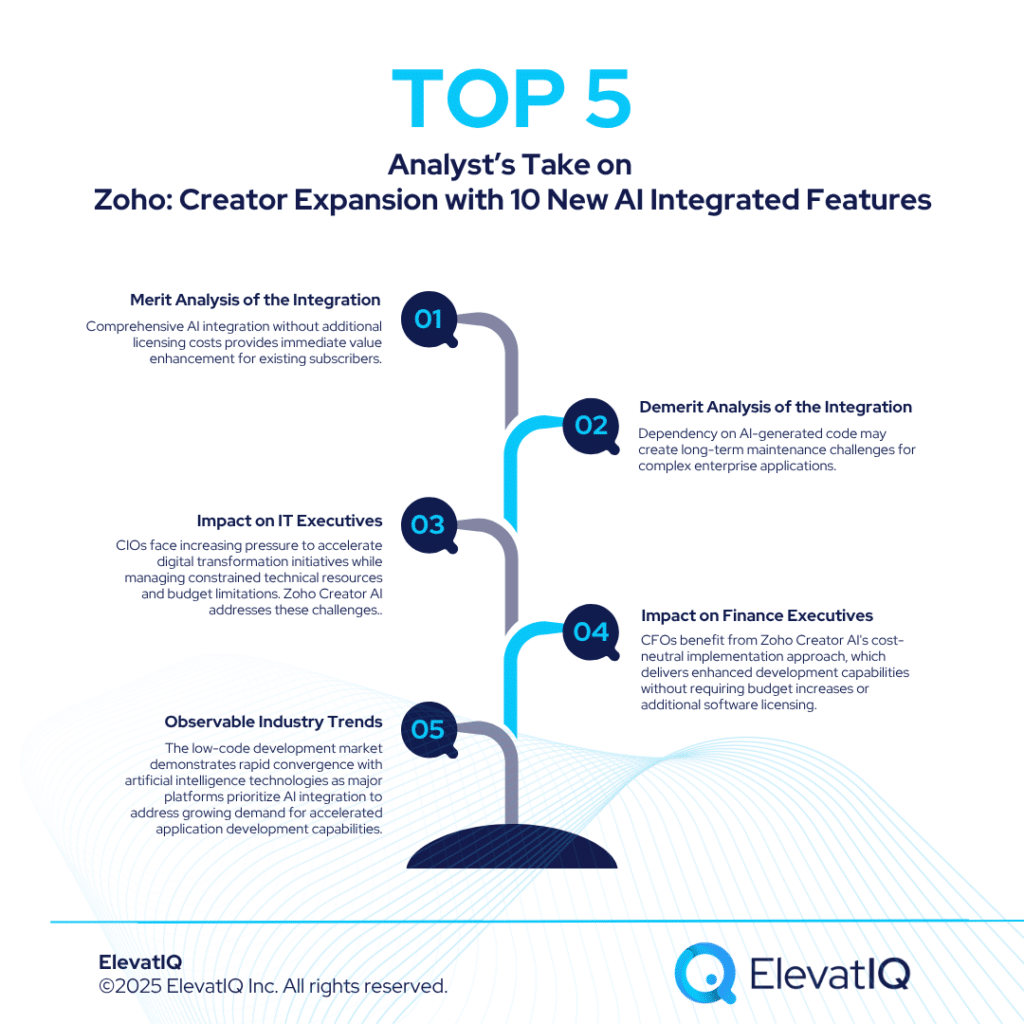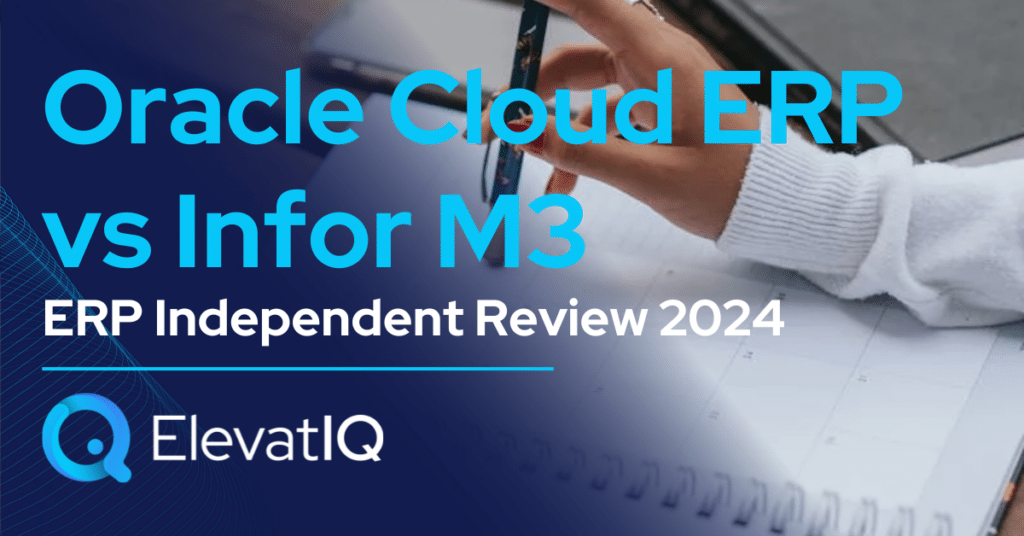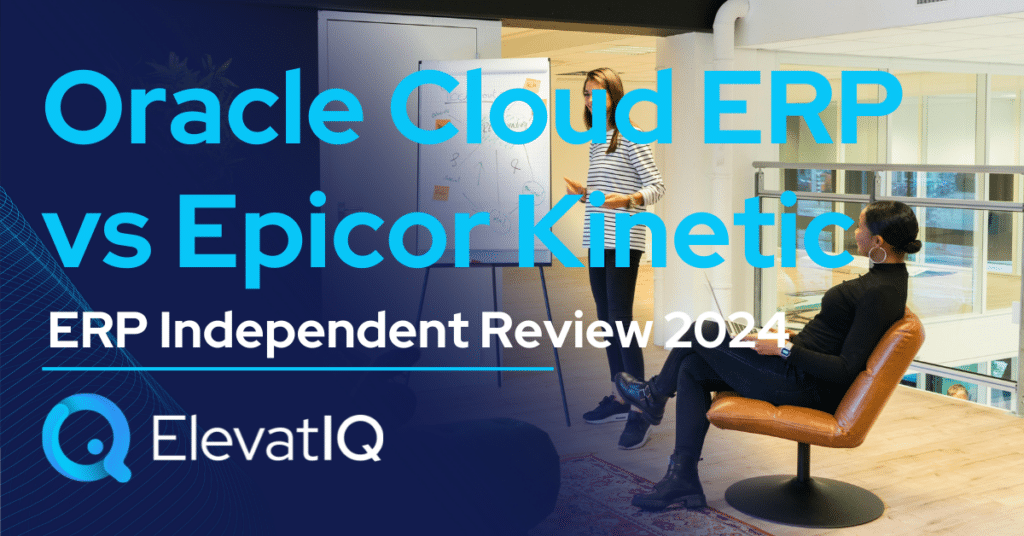Last Updated on April 13, 2025 by Sam Gupta
SAP has introduced the SAP Business Data Cloud, a new solution developed in collaboration with Databricks, aimed at unifying and governing SAP and third-party data across organizations. The platform integrates data engineering and analytics functionalities, offering businesses a streamlined approach to data management and AI-driven decision-making. Utilizing Databricks’ technology, SAP Business Data Cloud provides real-time insights and supports AI-powered automation. Early adopters, including Henkel, have begun exploring its potential to enhance data infrastructure and support strategic initiatives.
Let’s Break It Down
- Introduction of SAP Business Data Cloud: SAP has launched the SAP Business Data Cloud, a data management solution developed with Databricks to unify and govern SAP and third-party data across organizations.
- Integration with Databricks: The platform integrates Databricks’ data engineering and AI capabilities, supporting real-time insights and AI-driven decision-making.
- Data Product Economy: It introduces the concept of a data product economy, providing business-ready datasets for finance, supply chain, and HR analytics.
- Enhanced AI Capabilities: SAP Business Data Cloud automates workflows and enhances decision-making through AI, including deeper cross-functional insights with SAP’s Joule AI copilot.
- Real-Time Data Integration: The solution enables real-time data integration, reducing the need for complex transformations.
- Early Adopters: Companies such as Henkel are exploring its potential to optimize data infrastructure and support strategic initiatives.

Introduction of SAP Business Data Cloud
SAP has introduced “Business Unleashed,” a new strategy that includes a cloud-based Business Suite integrating functional modules along process chains. This builds on the company’s existing on-premises Business Suite and expands its cloud ERP offerings. The move is expected to influence competition among ERP vendors, prompting further innovation in the market. For existing customers, transitioning from on-premises to cloud solutions may present challenges, including potential short-term disruptions.

Core Elements: Processes, Data, and AI
SAP’s new strategy emphasizes three core elements: processes, data, and AI. The approach aims to help companies design process chains and prepare data for AI-driven insights. However, smaller vendors could face challenges in keeping pace with SAP’s technological advancements.
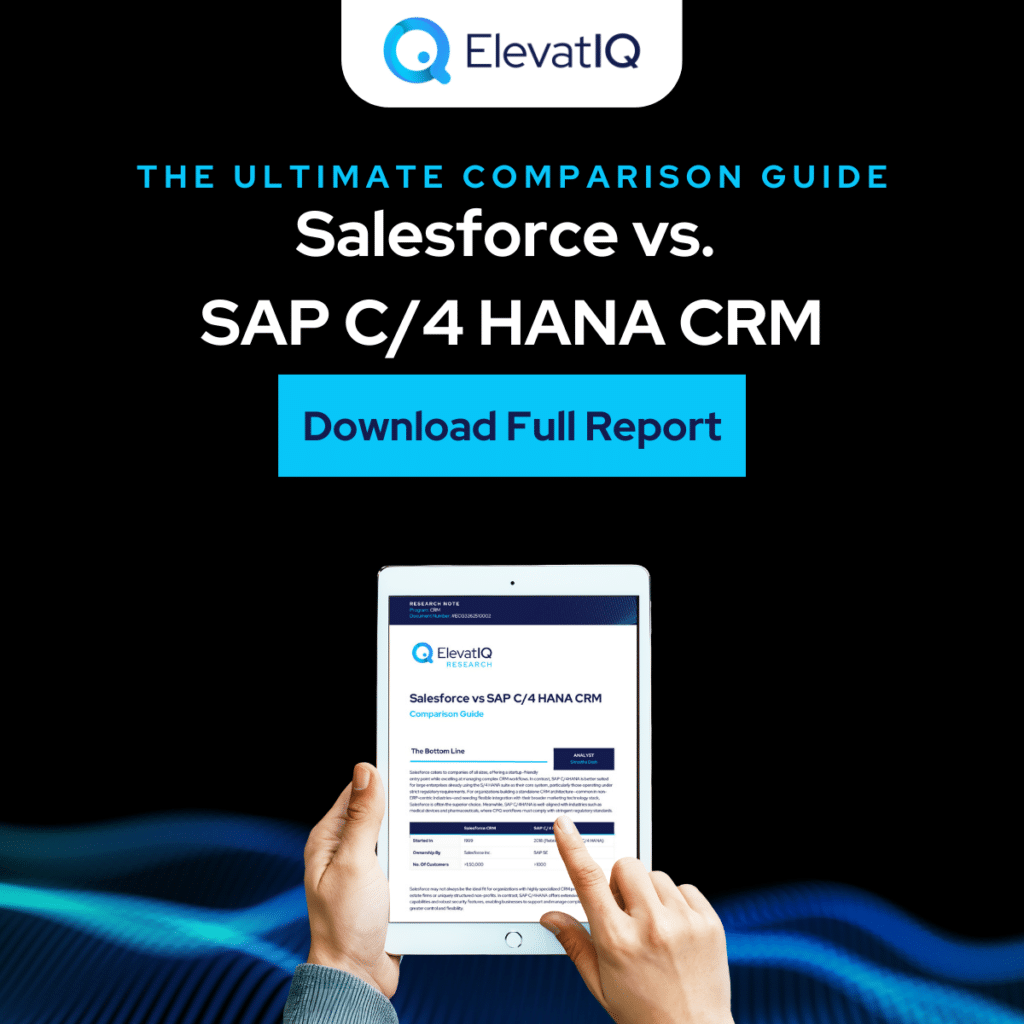
Integrated Modules
The cloud-based Business Suite includes integrated modules such as SAP ECC, SAP CRM, SAP SRM, SAP SCM, and SAP PLM. The inclusion of these modules within a unified suite may increase competition for vendors offering standalone applications.
Business Technology Platform
The new Business Suite is built on the BTP platform, which integrates various technology stacks and cloud services to enable end-to-end processes in the cloud. This foundation provides a unified platform for business operations, reinforcing SAP’s position in the market.

Business Data Cloud
SAP introduces the SAP Business Data Cloud (BDC) to create a uniform semantic level for data from SAP systems and third-party providers. The introduction of BDC simplifies data management and harmonization, setting a new benchmark for data integration. This development may lead to increased competition among vendors to offer more efficient and user-friendly data management solutions.
AI Integration
The new Business Suite is designed to prepare data for AI applications, supporting data-driven decision-making and process optimization through AI-driven tools.
Customer Hesitation
SAP aims to address customer hesitations about migrating business-critical applications to the cloud with its new SAP Business Data Cloud Suite. The transition may require investment and effort, leading to potential short-term disruptions.
End-to-End Processes
The SAP Business Data Cloud Suite enables the integration of entire user process chains within a single package, offering a comprehensive approach to business operations in a cloud environment.
Analyst’s Take
From an analyst’s perspective, SAP’s introduction of the SAP Business Data Cloud, in collaboration with Databricks is a strategic move that aligns with the company’s growth objectives and industry trends. Here are some key points to consider:
- Demand for Cloud Solutions: SAP’s cloud-first approach reflects the increasing demand for cloud solutions in the market.
- Unifying Data for AI Analytics: The SAP Business Data Cloud aims to streamline fragmented data by integrating SAP and third-party sources.
- Partnership Significance: SAP leverages Databricks’ expertise to enhance the platform’s capabilities.
- Scalable Data Management: The platform supports flexible data management across SAP and third-party systems.
- User Experience: Early feedback highlights an intuitive interface, efficient workflows, and improved decision-making.
What Should You Know As An ERP Buyer?
Overall, this is very exciting news for both enterprise software buyers as well as SAP. With this alignment, enterprise software buyers receive pre-built and pre-integrated data connections populating the majority of SAP datasets as well as third-party industry standards. Databricks is a market-leading platform among data platform providers without requiring an army of data engineers to build enterprise decision support workloads. But some considerations for buyers as they plan to take advantage of SAP Business Data Cloud offering.
- Implementation Challenges: Transitioning to a technology, even if it is pre-baked, requires careful planning due to complexities in data migration, system integration, and user training.
- Data Security: Businesses must implement strong security measures to protect sensitive information and comply with data protection regulations.
- Vendor Lock-In: With the proprietary IP sitting on top of Databricks from SAP, buyers need to understand their vendor lock-in obligations especially if they don’t prefer as much vendor lock-in.
- Cost Considerations: While cloud solutions may reduce infrastructure costs, expenses related to implementation, subscription fees, and maintenance should be evaluated.
- Customization Limitations: The data applications don’t impact the operational state as much, but the underlying data structures must support the end-to-end data flows to work and the decision support system to work effectively.
- Resistance to Change: Employees may be hesitant to adopt a new system, requiring effective change management and training programs.



